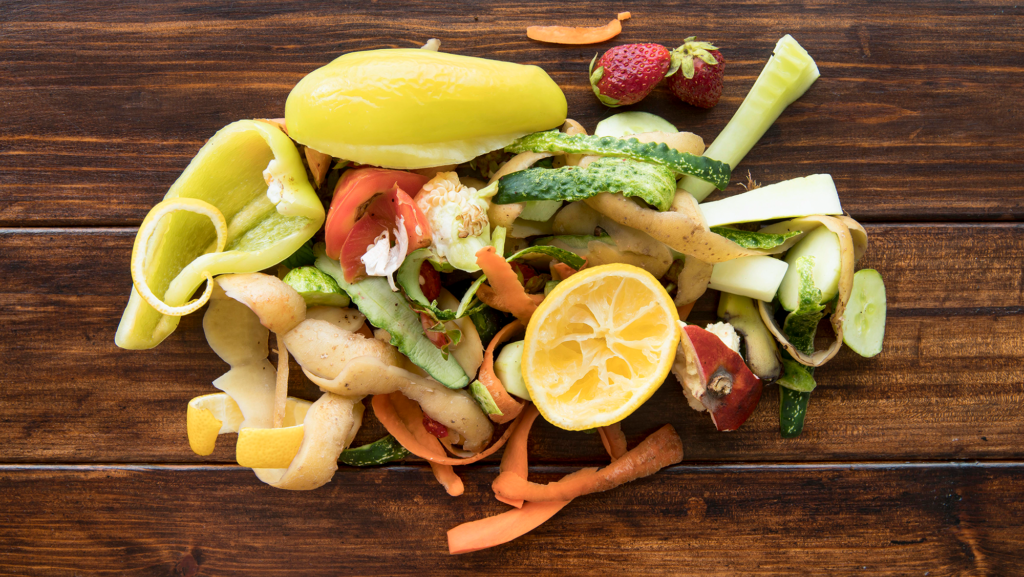You can also utilize fresh herb sprigs that wilt quickly like parsley, cilantro, dill, and thyme. Mixed, this assortment of vegetable bits creates complex, well-balanced broths ideal for soups, grains, stews, and more. They make a flavorful liquid gold out of would-be trash.
Simmer your veggie scraps for 1 hour, then strain and use or freeze the broth for later.
Veggie skins that usually get tossed can become crispy, crunchy, healthy chips with little extra effort. Rather than peeling potatoes, carrots, beets, and other robust vegetables, scrub them clean and slice them into disks or wedges with the skins on.
Roast the veggies at 400°F until the skins become perfectly crispy, about 30-40 minutes. The natural sugars will caramelize in the oven for full-flavored chips. Season with spices like:
You can also fry skins for extra crunch. Classic potato skins make a beloved appetizer. Take them up a notch by frying carrot, kale, beet, sweet potato, or parsnip skins too. They make a nutrition-packed snack full of fiber.
Veggie skins require no specialty products—just the excess scraps you’d normally throw away. Allowing veggies to keep their skins adds flavor and cuts food waste. Embrace the skin by making crispy roasted or fried veggie chip creations. With just some olive oil, spices, and oven time, you can transform vegetable scraps into something crispy and delicious.
The organic materials provide moisture, carbon, and nitrogen to feed healthy compost. Finished compost contributes beneficial microbes and nutrients to the soil that plants thrive on.
